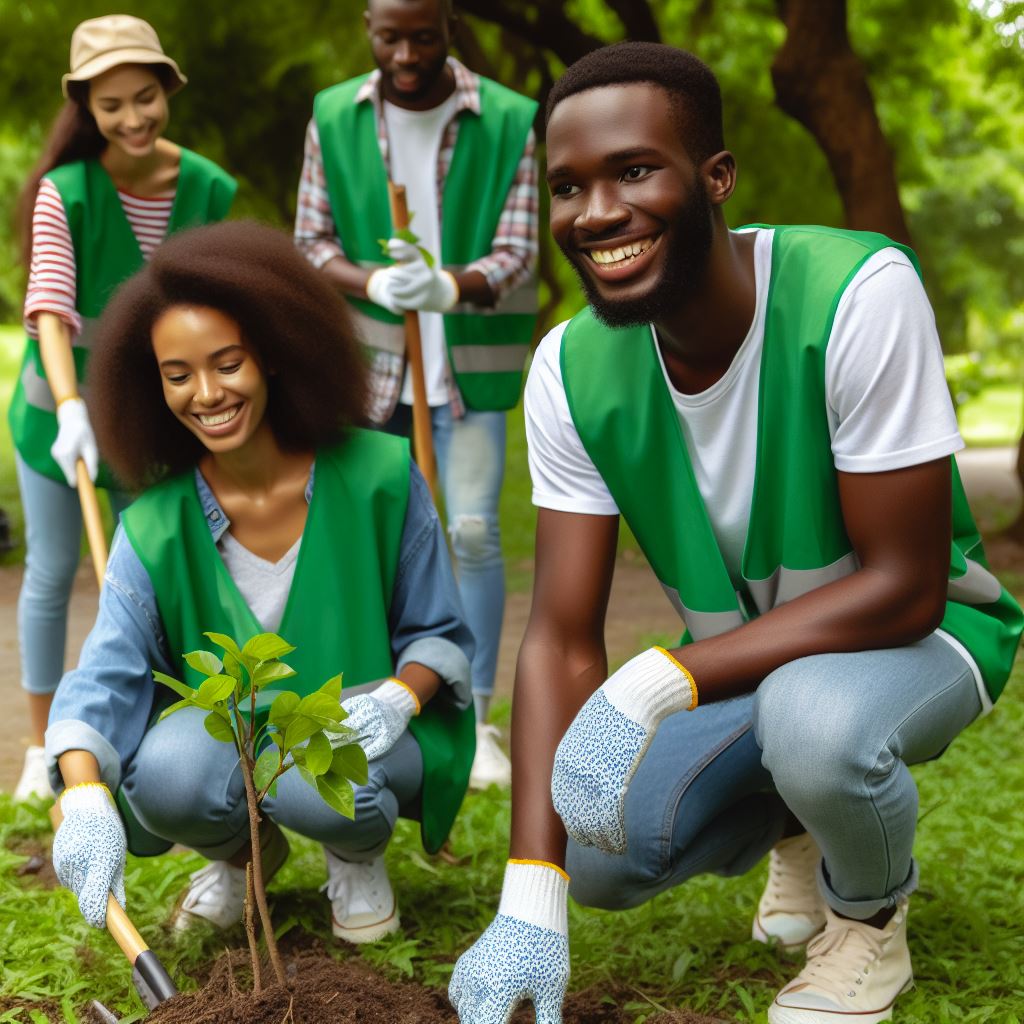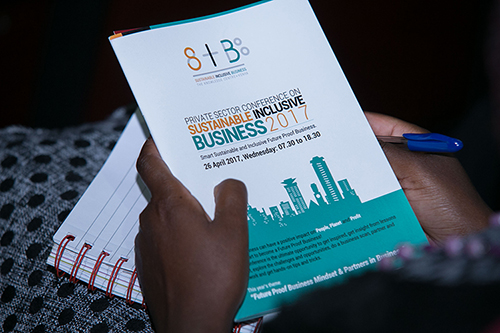Plastic packaging has brought us undeniable convenience, which is valuable for our bustling, on-the-go society. This is especially true in the food and beverage industry and other fast-moving everyday products.
However, the type of economy that currently creates this value is the linear or take-make-waste type, which is mainly focused on delivering the product to the market to meet consumer demands and compete.
The linear model nurtures a cycle of extracting resources to make products that eventually get used and then buried in landfills or burned, only to be replaced with other products. This approach is unsustainable because it contributes to environmental pollution and infinite resource extraction and is one of the underlying causes of biodiversity loss and climate change.
On the other hand, the circular economy approach employs an alternative strategy. It follows three principles: reduce waste and pollution, recycle goods and resources, and restore nature. This prevents valuable materials from going to waste and natural systems from deteriorating.
The circular model entails creating packaging, electronics, and even large items, such as vehicles, that can be used for longer, reused several times, remanufactured, and ultimately recycled. Reusability preserves the energy, materials, labor, and other resources used in their production within the economy.
Here are some of the ways the circular economy model can create socioeconomic value in Kenya.
- Innovation and Entrepreneurship
Forming about 75% of the population in Kenya, the youth have proven to be bustling with ideas around ventures in residential waste separation and collection, recycling, organic waste composting, and regenerative agriculture. All these ideas could translate into a bustling economy and increased employment rates if supported by the necessary policies.
- Resource Efficiency
Adopting circular practices is the core idea of a circular economy model, and it can help businesses become cautious of resource wastage. Resource efficiency will help reduce the depletion of natural resources and the loss of biodiversity. For example, in Kenya’s agricultural sector, techniques like agroforestry and regenerative farming can raise crop yields, preserve water, and improve soil fertility, which benefits farmers and increases food security for communities.
- Attracting Investment
The circular economy model has gained popularity among investors due to its ability to generate sustainable environmental and financial benefits. By adopting circular concepts, Kenyan entrepreneurs and organizations can increase their international competitiveness, attract investment, and access new markets. International partnerships and collaborations help facilitate knowledge transfer, technology transfer, and capacity building, leading to growth for the local economy.
Conclusion
While its concrete economic benefits may not be easily measured, the circular economy model could benefit us by saving us future costs on the long-term adverse effects of a linear economy. These effects include healthcare, labor, resource, and biodiversity replenishment activities.
In Europe, for example, a circular economy has been predicted to improve economic outcomes and yield annual benefits of up to 1.8 Trillion Euros by 2030, according to a report by the Ellen Macarthur Foundation.
The circular economy model in Kenya holds immense promise for creating long-term economic value by fostering innovation, promoting sustainability, and driving global competitiveness. By embracing circular principles and investing in sustainable practices, Kenya can unlock new opportunities and stimulate economic development.
As the country continues toward sustainable development, the circular economy model offers a roadmap for harnessing the power of innovation, entrepreneurship, and collaboration to create shared value and build a brighter, more sustainable future for generations to come. We need all hands on deck, from manufacturers and producers to policymakers, recyclers, and citizens.
By Absalom Mulama, Communications Assistant, Sustainable Inclusive Business-Kenya (SIB-K)


